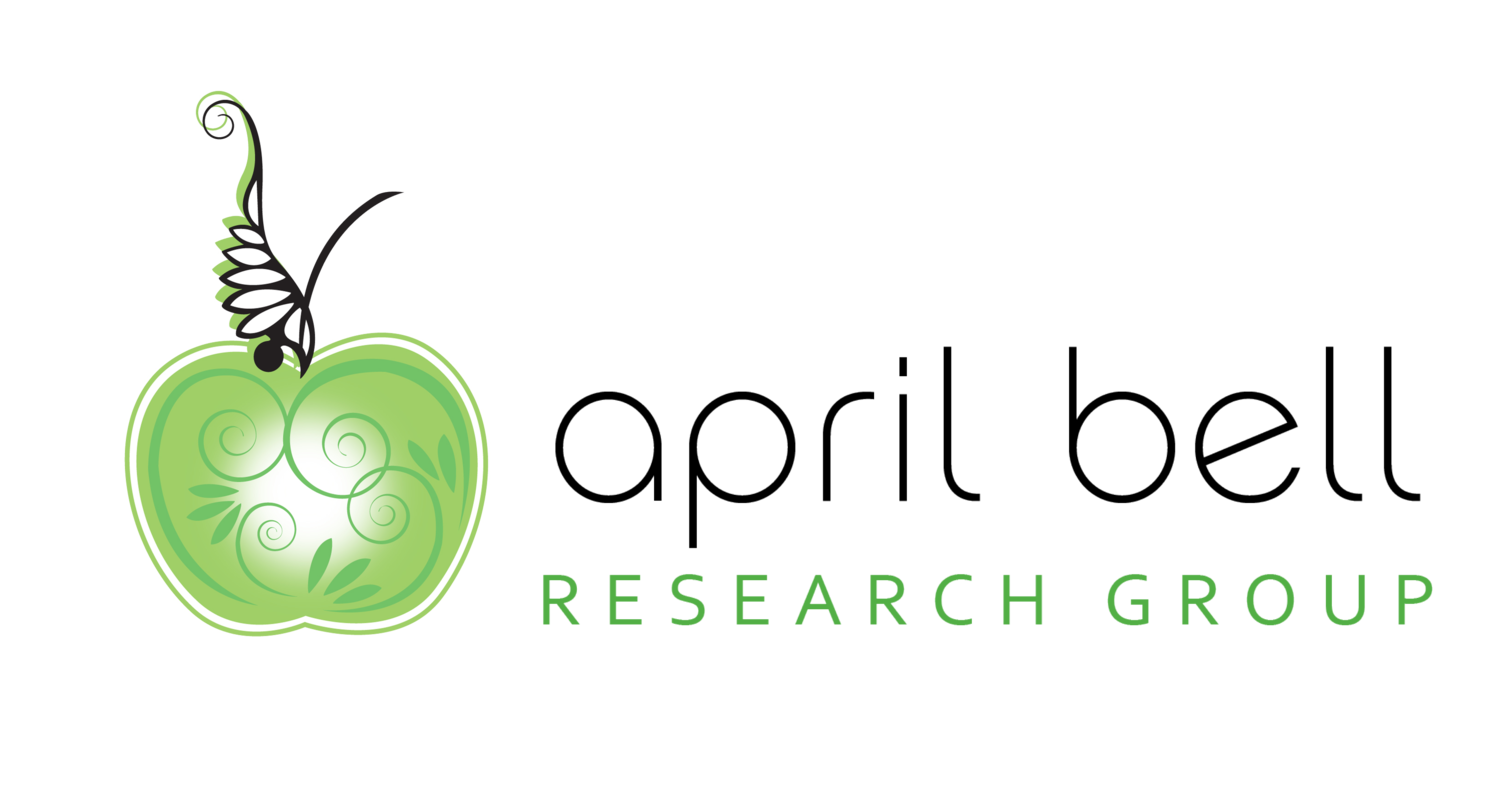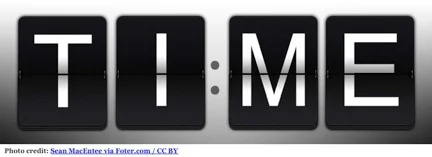Over the years, we’ve learned the hard way how important it is to take care of ourselves, especially when we need to travel for a project and during seasons of long research days. April introduced us to using health-promoting botanicals in the form of essential oils as a more natural approach to enhancing our general wellness by:
Inspiring a positive emotional state
Enhancing physical wellness
Enhancing spiritual awareness
Purifying the air
Since then, we’ve read more about how we can better use essential oils at work. In our continuous quest to lead a healthy life and create better moods during projects with clients, we’ve listed our favorite oils/blends brands and their uses:
Peppermint by doTerra – to remove headaches, revive energy, freshens breath
InTune by doTerra – to enhance the senses and sustain focus
Digestzen by doTerra – for indigestion
Stress Away by Young Living – to combat stress
Thieves by Young Living – to purify
Lavender by doTerra – for relaxation (and sleep)
Lemon by doTerra – to cleanse
Frankincense by doTerra – helps boost immunity
Melaleuca by doTerra – fights bacteria and fungus
Oregano by doTerra – helps relieve common seasonal threats
We keep a stash of these oils in the office and our travel bag together with a diffuser so we can diffuse away (e.g. Peppermint during intense research days) or apply topically (e.g. Stress Away during concept work sessions) when we most need them.
Recently, April shared with us an article that talks about becoming aware of our basic tendencies so we can make better choices to support the harmony in body and mind. And this article which tells the story about how choosing nourishing smells will awaken the mind’s innate healing powers and experience a natural vitality and wholeness based on our dosha. What is dosha, you ask? Dosha is a person’s “mind-body” type and there are 3 primary types: Vata, Pitta, and Kapha. Are you curious what your dosha is? Well, you can take a quiz here to find out! Briefly, these are what the doshas mean:
Vata: Movement and Change
Tends to be always on the go with an energetic and creative mind
Pitta: Transformation and Metabolism
Enjoy a strong appetite and ability to digest food, information, and experiences
Kapha: Structure and Fluidity
Solid, reliable, contented souls
Based on your mind-body type (dosha), there are certain aromas (essential oils) that can help evoke states of well-being:
Vata: floral, fruity, warm, sweet, and sour smells
Basil, Orange, Geranium, Clove, Vanilla, Patchouli
Pitta: cooling and sweet smells
Sandalwood, Mint, Rose, Jasmine, Ylang-Ylang, Lavender
Kapha: stimulating and spicy smells
Eucalyptus, Camphor, Juniper, Clove, Marjoram, Rosemary
We’re looking forward to taking the dosha quiz to understand which essential oils can support our goal of leading healthier lives!

















